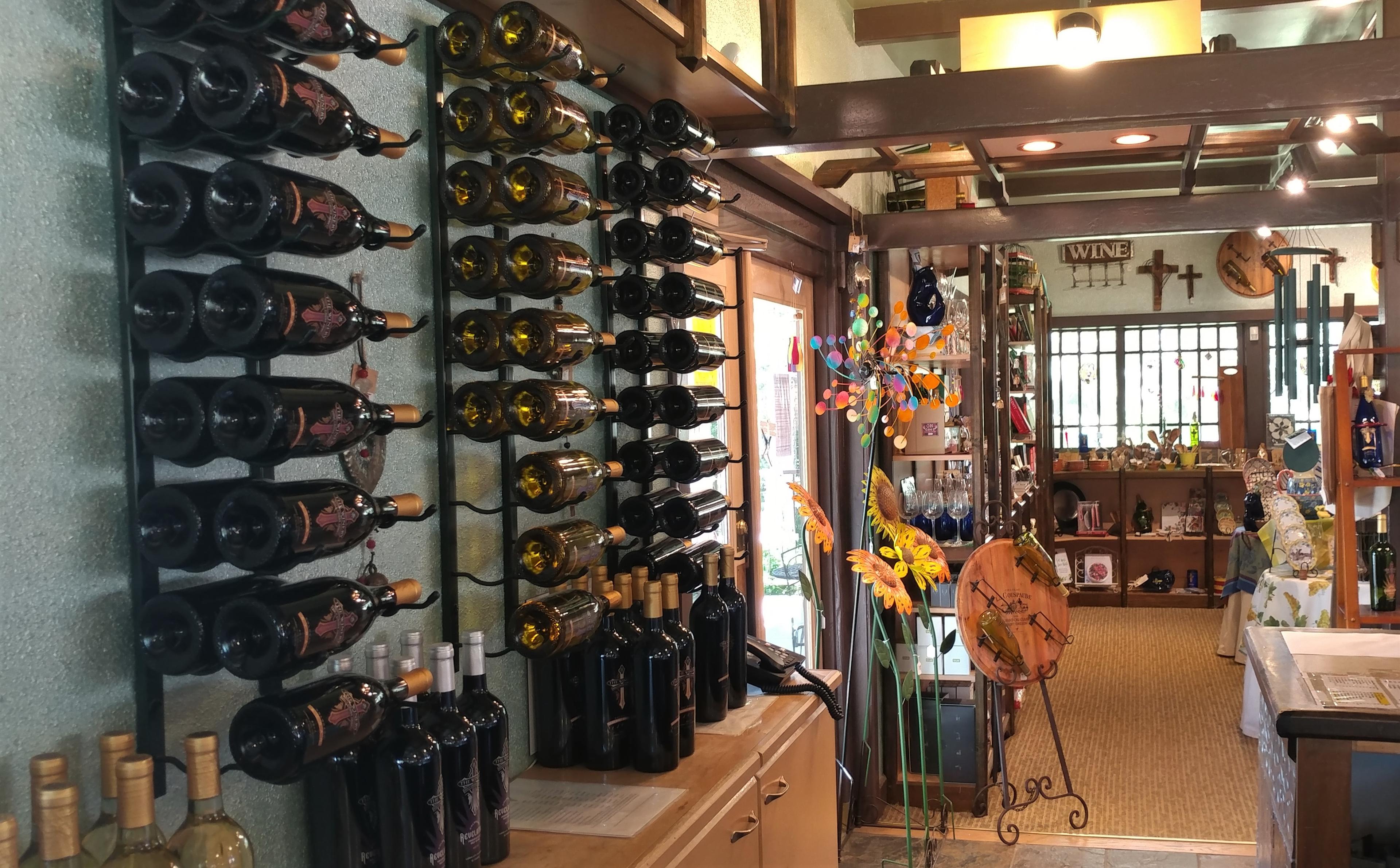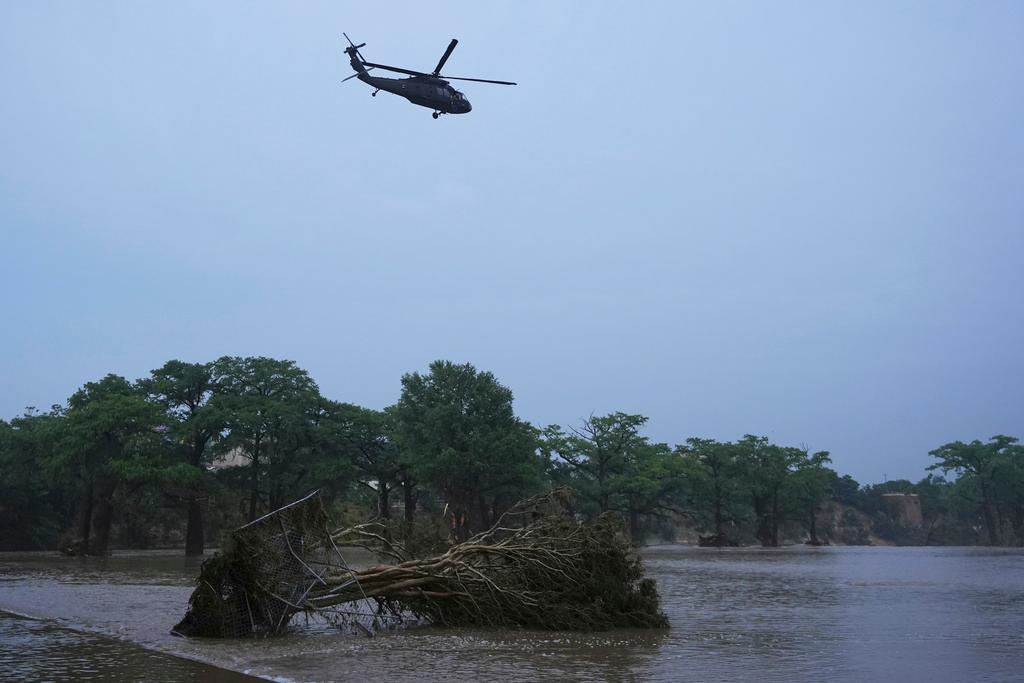
Very few folks on the Eastern Plains and Front Range of Colorado can avoid miller moths during this time of year. That includes Nan Reubert, a resident of Centennial who said she has been swatting miller moths out of her house for a few weeks now.
That made her wonder if the inconvenient insects had arrived early this year.
"Somehow my memory tells me that it's more of a June phenomenon," she said, remembering a year with a large number of moths.
"[There were so many] that my cat got tired of chasing them," she said. "But we haven't had another year like that."

Reubert said her cat is still amused by the moths this year, batting them off the doorstep and chasing them down the porch.
She isn't alone in feeling like the moths are ahead of schedule this year, but experts say they're actually right on time. They make their annual first appearances in May and stick around into early June.
"I used to smash 'em, you know, stomp 'em," Reubert said. "Then I realized these little guys are migratory. I had not known that. So now I just try and shoo them on their way."
She's right; the moths are migratory. When the days get warmer and longer, that is a signal to the moths to head west from Kansas, Nebraska, Wyoming and Colorado's Eastern Plains. Their final destination is the Rocky Mountains where they spend the summer foraging and feeding on alpine flowers.
Shiran Hershcovich is a scientist at the Denver-area Butterfly Pavilion. As a lepidopterist, she studies butterflies and moths and says many of the petite piloting pilgrims don't survive the summer.
"It turns out miller moths are essentially protein snacks on wings," she said. "A lot of them will feed other animals that we love seeing in the ecosystem, like birds, bears, and really all sorts of critters."
Her advice? Be kind to them.
"When they see our city lights, they get confused. Could that be the moon? Could that be a really bright star? And they suddenly lose their way."
-Shiran Hershcovich, LEPIDOPTERIST
"They're not that different from us. All they want is food and shelter," Hershcovich said. "As they migrate through, we should welcome them as good neighbors and actually as they visit flowers they even pollinate them, which is a very important process that we all depend on for survival."
According to the USDA, more than 100 U.S.-grown crops rely on pollinators like bees, butterflies and moths. The agency says pollinators add $18 billion in revenue related to crop production.
Hershcovich said moth numbers are dependent on the weather. When it's dry, they tend to concentrate around irrigated spaces like backyards and city parks.
"This year we had a particularly wet winter with a lot of snowfall, which might indicate that we will have a lot of blooming flowers," she said. "That's a good sign that moths won't necessarily be concentrated along our houses."

She said cold temperatures in the region this winter could also have affected the moths ability to reproduce. That leads her to believe Coloradans will see an average number of moths this year.
"No crazy explosions. Not too underwhelming either," she said.
But that leaves a few other questions, like why are they called miller moths? Hershcovich says their delicate wings are covered in tiny scales and when they fly around, the scales rub off leaving a dusty residue.
"It looks a little bit like dust that you might see in a mill, so that is kind of the origin story of that name that we hear all the time," she said.
As for why they end up in our houses, and cars, and everywhere else, Hershcovich said many animals including moths, birds and even sea turtles can be confused by light pollution because they rely on celestial objects as wayfinding tools.
"When they see our city lights, they get confused," she said. "Could that be the moon? Could that be a really bright star? And they suddenly lose their way."
And that, she said, is why they seem to dart around erratically.
"The thing is, we have almost pulled the rug from underneath them and created a whole new environment that they're not used to working around," Hershcovich said. "They're coping with change and they look a little clumsy while doing it but there is a lot of sophistication behind that bumbling."
Herschcovich said their departure will be just as quick as their arrival. They usually stick around for about a month.









